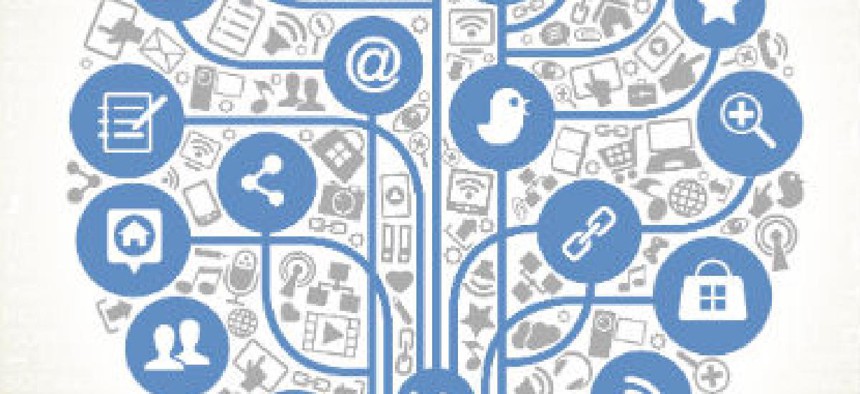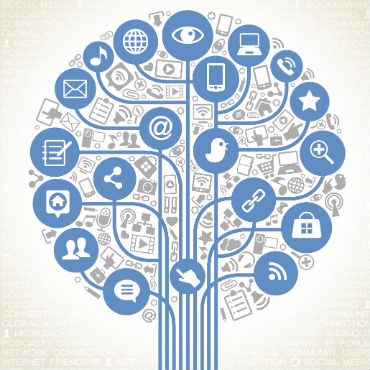FEMA tunes into social media for operations

FEMA is adding public-facing social media to the operational data streams used by its watch centers in civil emergencies.

A distress call made on Twitter could bring a rescue courtesy of the Federal Emergency Management Agency. The disaster agency will use public-facing social networks as an operational tool to supply information to first responders in situations of dire need, under a newly announced policy.
The FEMA program is not intended as an emergency response system or virtual 911, but the new policy outlined in a Department of Homeland Security privacy impact assessment publicly posted on April 25 does allow for watch center personnel to relate "in extremis" information to first responders.
FEMA will launch a new records system to support the new policy, which sets out governance for any PII captured by the disaster agency during operations.
"Given the unpredictable nature of disasters and emergency management, the content that is posted, and the voluntary and unrestricted nature of social media, it is possible for FEMA to collect, maintain, and in extremis circumstances, disseminate a limited amount of PII to first responders," the agency wrote in an April 20 Federal Register notice. The data collected can include social media handles, contact information included in a user's profile and approximate geo coordinates that were attached to a post.
The privacy assessment offers examples of how the new policy might require the acquisition of personally identifiable information by FEMA watch centers. Tweets claiming that family members are trapped in the rubble of a collapsed building, or taking refuge on the roof of a dwelling during a flood would likely require FEMA to use location information encoded in tweets.
FEMA has long monitored social networks as part of the media diet watch centers use to keep current on unfolding weather disasters and civil emergencies. The difference now, is that FEMA is taking this conversation operational.
"Social listening is an incredibly powerful tool that federal agencies can use to understand the reality of what's happening on the ground. It's been a vital tool for FEMA in its work to make sure that survivors have a way to engage with disaster support services," FEMA spokesperson Rafael Lemaitre told FCW.
FEMA won't be using analytics or other predictive software tools on its feed of social networks, according to the privacy assessment. PII that is collected and shared with first responders will be redacted in FEMA's own records. Users who wish to opt out don't appear to have much resource, except to restrict their profiles and feeds using the privacy tools provided by social networks.
The privacy assessment also discloses a list of search terms FEMA may use when monitoring social media. The list differs from a set of terms used by DHS that was released as an appendix to a 2013 privacy assessment. The DHS-wide list includes a "terrorism" section with the names of extreme groups, weapons materiel, terrorist methods and the names of global trouble spots. These are absent from the FEMA list, which focuses on weather emergencies, cybersecurity, infrastructure, hazmat and nuclear threats and biological concerns.
NEXT STORY: Risky clicks continue to keep too many hackable




